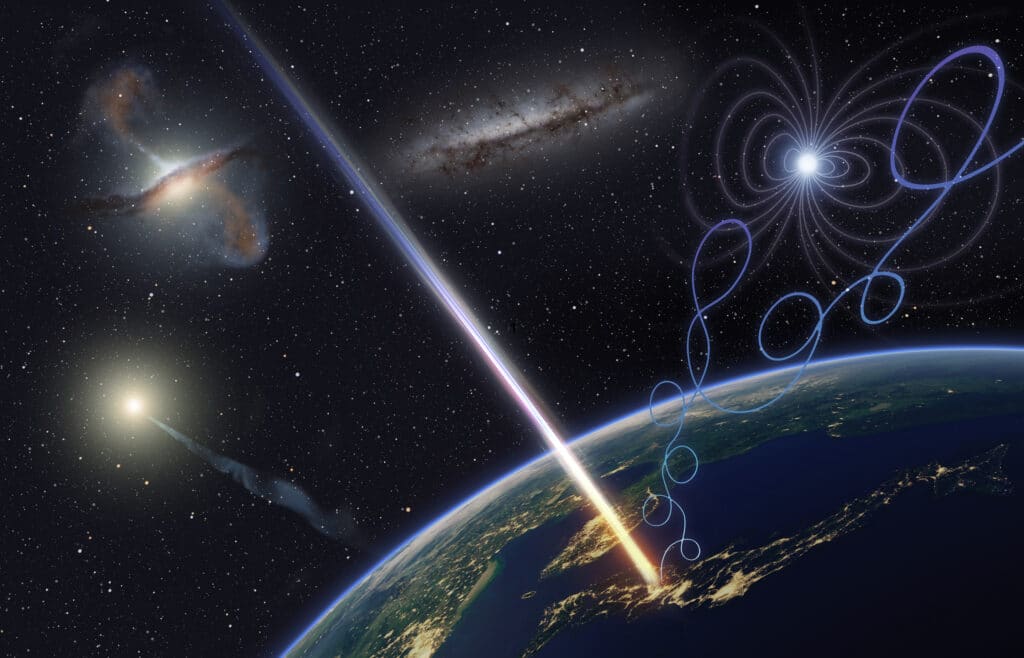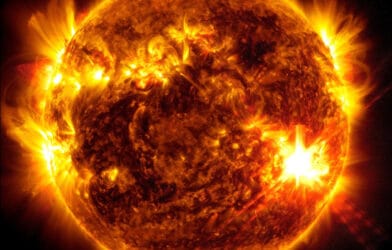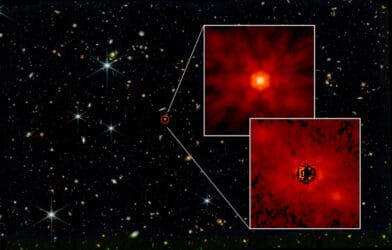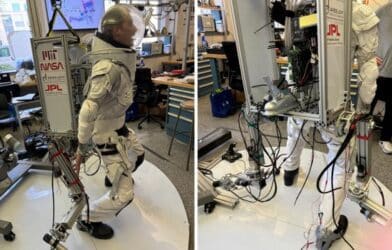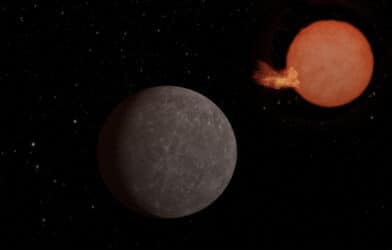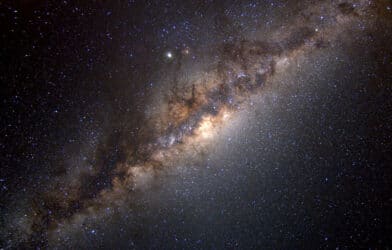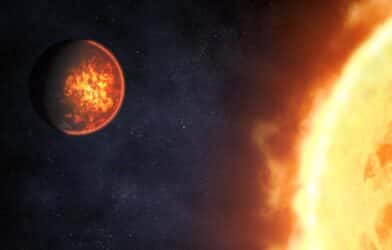In the grand scheme of the cosmos, supernovae are among the most spectacular and transformative events. These cataclysmic explosions, signaling the death of a massive star, release an astonishing amount of energy—equivalent to the power output of billions of suns—in a matter of seconds. But beyond their awe-inspiring luminosity, supernovae also play a crucial role in generating and accelerating cosmic rays, the high-energy particles that zip through the universe at nearly the speed of light.
For decades, astronomers have believed that these cosmic accelerators are the primary sources of the Galactic cosmic rays that constantly bombard Earth. The prevailing theory suggests that as the shockwave from a supernova explosion expands outward, it can efficiently accelerate particles to the extreme energies observed in cosmic rays. In fact, estimates indicate that if just 10% of a supernova’s energy is channeled into accelerating cosmic rays, these stellar explosions could easily account for the total measured abundance of Galactic cosmic rays.
However, a recent study by G. Martí-Devesa et al., published in Astronomy & Astrophysics, has cast doubt on this long-standing paradigm. The researchers focused on a nearby supernova, designated SN 2023ixf, which exploded in the galaxy M101, located approximately 21 million light-years away. This cosmic event, first discovered in May 2023, presented a unique opportunity to study the early stages of a supernova and its potential for cosmic ray acceleration.
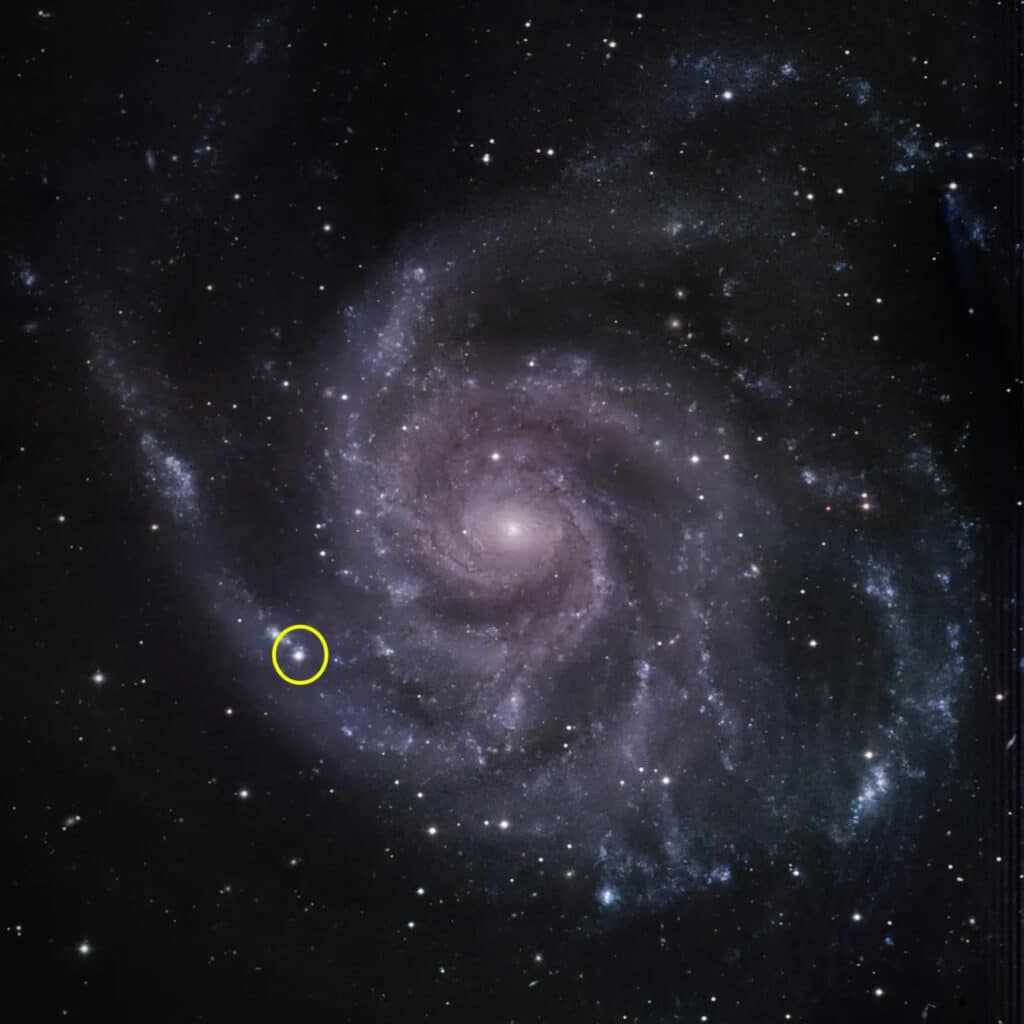
What makes SN 2023ixf particularly intriguing is its relative proximity and the fact that it is a core-collapse supernova—the explosive death of a massive star at least 8 times heftier than our Sun. Prior to its demise, the progenitor star of SN 2023ixf was a red supergiant, a bloated stellar behemoth that had exhausted its nuclear fuel. In its final years, this dying star expelled its outer layers through powerful stellar winds, enriching the surrounding environment with heavy elements.
When the core of such a massive star collapses under its own gravity, it triggers a shockwave that rips through the star’s outer layers, ejecting them into space at an appreciable fraction of the speed of light. As this supersonic shockwave plows through the circumstellar material shed by the star before its death, it creates a favorable environment for particle acceleration via a process known as diffusive shock acceleration (DSA).
In DSA, charged particles repeatedly bounce back and forth across the shockwave, gaining energy with each crossing. This process can accelerate protons and other atomic nuclei to the ultra-high energies observed in cosmic rays. If SN 2023ixf is indeed an efficient cosmic ray accelerator, one would expect to detect the signatures of these energetic particles indirectly through their interaction with the dense circumstellar material. Specifically, when high-energy protons collide with ambient gas, they produce gamma rays—the most energetic form of light—via a process called pion decay.
To search for these telltale gamma rays, Martí-Devesa and colleagues analyzed data from the Fermi Large Area Telescope (LAT), a space-based observatory that has been surveying the gamma-ray sky since 2008. The LAT is particularly well-suited for this task, as it can detect gamma rays with energies between 100 million and 500 billion electronvolts (eV), the energy range where the pion decay signature is expected to peak.
Surprisingly, despite the favorable conditions for cosmic ray acceleration in SN 2023ixf, the researchers found no significant gamma-ray emission from the supernova site. By carefully modeling the expected gamma-ray signal based on the observed properties of the supernova and its environment, they were able to place stringent upper limits on the total energy that could have been transferred to cosmic rays during the first month after the explosion.
Under reasonable assumptions about the circumstellar density profile, the researchers concluded that SN 2023ixf could have channeled no more than 1% of its explosion energy into accelerating cosmic rays. This result stands in stark contrast to the 10% efficiency needed to explain the observed galactic cosmic ray abundance, challenging the idea that core-collapse supernovae are the dominant sources of these enigmatic particles.
The implications of this study are profound and far-reaching. If SN 2023ixf is representative of other core-collapse supernovae, it suggests that astronomers may need to reevaluate their understanding of galactic cosmic ray origins. Perhaps other sources, such as the shockwaves generated by the collective effects of stellar winds in massive star clusters or the exotic phenomena associated with compact objects like neutron stars and black holes, play a more significant role in cosmic ray acceleration than previously thought.
However, the authors caution that their conclusion rests on several key assumptions about the supernova environment and the cosmic ray acceleration process itself. For instance, if the circumstellar material around SN 2023ixf is significantly clumpy or unevenly distributed, it could reduce the efficiency of particle acceleration and the subsequent gamma-ray emission. Additionally, if the shockwave generates strong magnetic fields that trap and deflect the accelerated particles, it could prevent them from interacting with the surrounding gas and producing detectable gamma rays.
“Unfortunately, seeing no gamma rays doesn’t mean there are no cosmic rays,” explains study co-author Matthieu Renaud, an astrophysicist at the Montpellier Universe and Particles Laboratory, part of the National Center for Scientific Research in France. “We have to go through all the underlying hypotheses regarding acceleration mechanisms and environmental conditions in order to convert the absence of gamma rays into an upper limit for cosmic ray production.”
To address these uncertainties, further multi-wavelength observations of SN 2023ixf and other nearby core-collapse supernovae will be essential. By studying these cosmic accelerators across the electromagnetic spectrum—from radio waves to gamma rays—astronomers can piece together a more complete picture of the physical processes at work and better constrain the role of supernovae in cosmic ray production.
Moreover, the advent of next-generation observatories, such as the Cherenkov Telescope Array (CTA) in the very-high-energy gamma-ray regime and the Square Kilometre Array (SKA) in the radio band, promises to revolutionize our understanding of these extreme cosmic events. With their unprecedented sensitivity and resolution, these facilities will allow astronomers to probe the innermost workings of supernovae and track the evolution of their shockwaves with exquisite detail.
